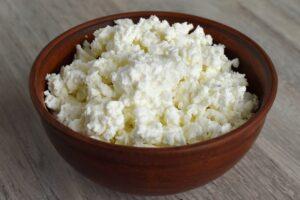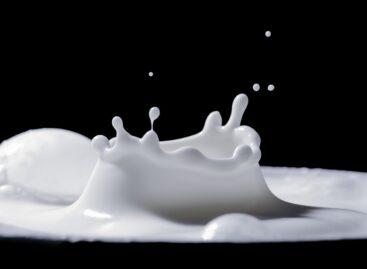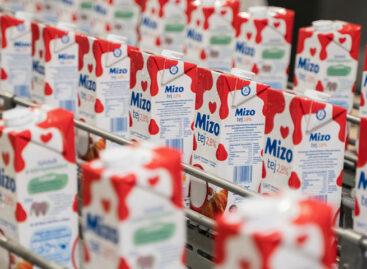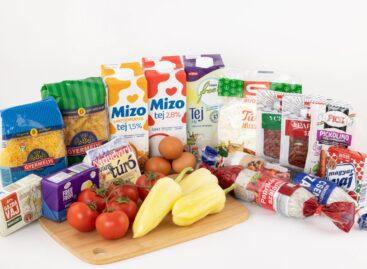Our daily curds
Cottage cheese is a real good friend. We can bake scones from it, fill cakes with it, and even spice up a plain dough. But if we don’t have any extra ideas, it’s also delicious drizzled with a little fruit and honey. Especially if we use the KMÉ trademarked version! There are chunky, semi-fat, and lean ones.

(Photo: Pixabay)
You can find different types of cottage cheese on store shelves, even though the basics are the same everywhere. Take a good liter of milk, let it cool down, heat it up and pour it out! Cottage cheese, that is, fresh cheese, was already found in the kitchens of the Greeks and Romans, which later conquered the whole of Central Europe and even the world. In Anglo-Saxon areas, cottage cheese is listed as cottage cheese. This term is a good indication of how little separates the curd from the fresh cheese. Cottage cheese is actually a cottage cheese with a creamy dressing.
Then let’s see the pride of every Hungarian kitchen, the lumpy cottage cheese!
They don’t make it anywhere else except the Carpathian Basin. Loose lumps, pleasantly sour, aromatic smell, fresh and juicy. Thanks to its traditional production, Rögös turó received prestigious international recognition in 2019: it was registered in the European Union and thus earned the title of traditional special product. And it has already received a KMÉ trademark.
Most of the store shelves are marked with low-fat and semi-fat cottage cheese
According to the Hungarian Food Book, the fat content of semi-fat cottage cheese in the dry matter is a minimum of 25%, a maximum of 45%, while in the case of low-fat cottage cheese this number is less than 10%. But there is 100% high quality. It is made from lumps of sheep’s curd, so real cheese. In the past, the ball was crushed and salted and pressed in wooden barrels. Sheep’s curd is therefore the sharp opposite of fresh cow’s curd: it is originally a type of cheese stored for the winter.
KMÉ
Related news
Milk prices have risen, cottage cheese prices have fallen: the domestic dairy market is undergoing transformation
The price of domestic dairy products showed a significant annual…
Read more >High-quality dairy products for every day
The name Sole-Mizo Zrt. stands for quality and tradition. Every…
Read more >A new organization in the certification process of increasingly well-known High Quality Food (KMÉ) branded products
Following the request of ÉLBC NKft., which exercises the trademark…
Read more >Related news
GKI analysis: Why do Hungarian households live more poorly than anyone else in the EU?
Imagine that the residents of every EU country shop in…
Read more >KSH: industrial producer prices decreased by 0.7 percent in May 2025 compared to the previous month, and increased by an average of 6.9 percent compared to a year earlier
In May 2025, industrial producer prices were 6.9 percent higher…
Read more >Consumption drives the economy
According to the latest forecast by the Balance Institute, the…
Read more >






